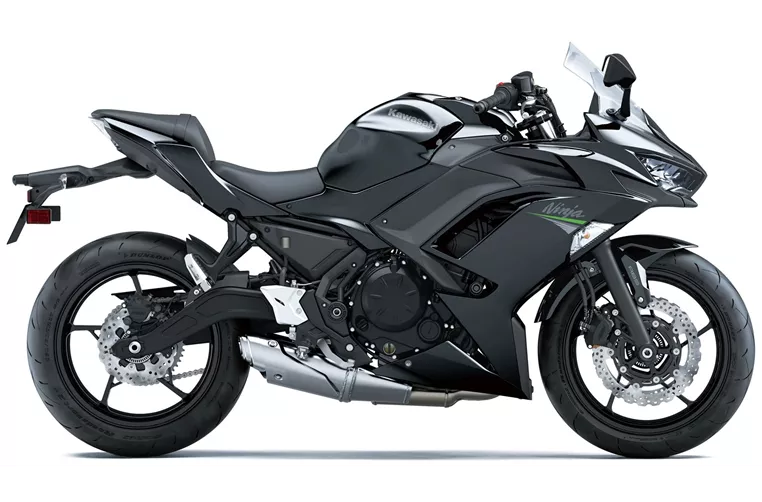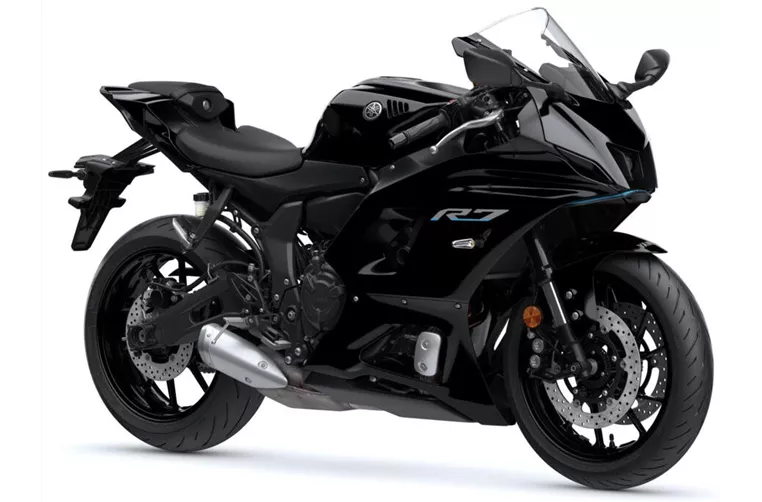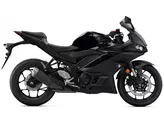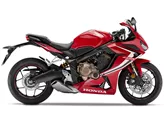Kawasaki Ninja 650 2020 vs. Yamaha R7 2021
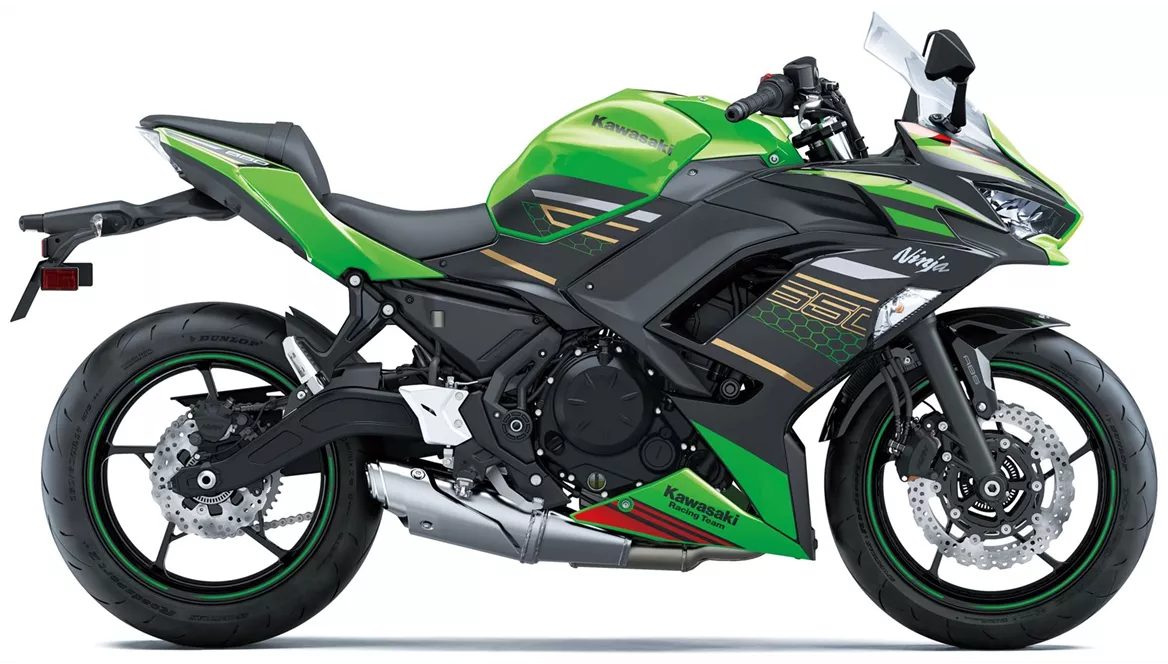
Kawasaki Ninja 650 2020
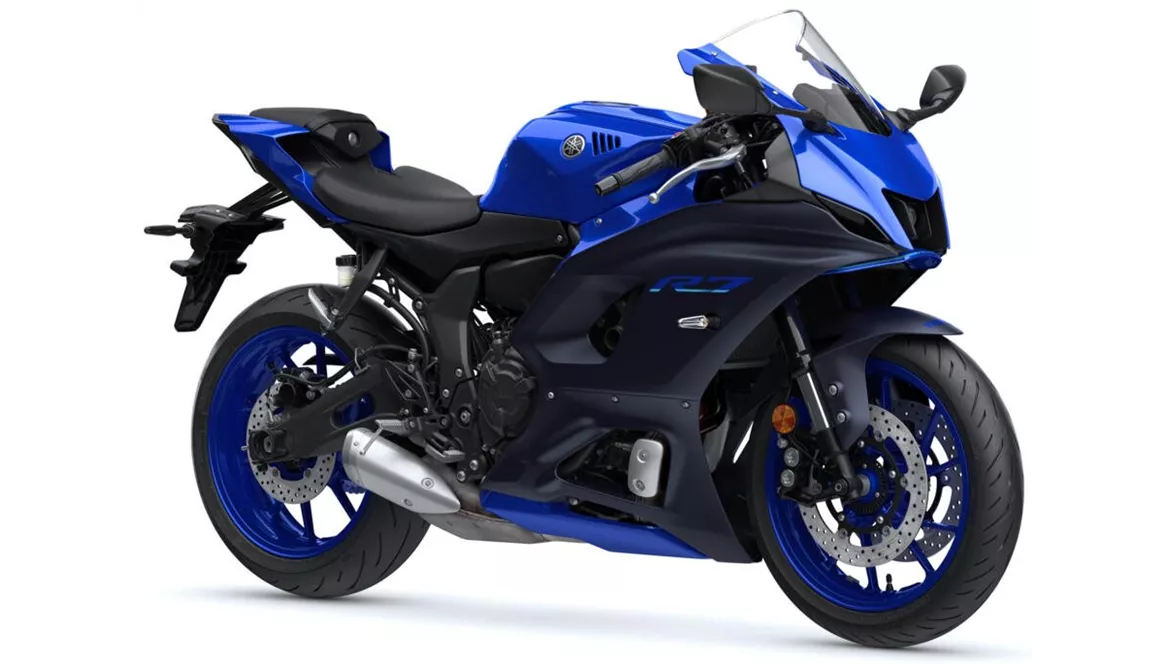
Yamaha R7 2021
Přehled - Kawasaki Ninja 650 2020 vs Yamaha R7 2021
The Kawasaki Ninja 650 2020 and the Yamaha R7 2021 are both popular supersport motorcycles that offer exciting performance and a sporty riding experience. While they have some similarities in terms of engine type, cylinder configuration, and advanced rider assistance systems, there are also notable differences in their specifications and features.
Starting with the engine and drive train, both motorcycles have an inline twin-cylinder engine with four valves per cylinder and DOHC technology. However, there are some differences in their bore, stroke, displacement, and power output. The Ninja 650 has a bore of 83 mm, stroke of 60 mm, displacement of 649 cc, and produces 68.2 HP of power and 65.7 Nm of torque. On the other hand, the R7 has a slightly smaller bore of 80 mm, longer stroke of 68.6 mm, displacement of 689 cc, and produces 73.4 HP of power and 67 Nm of torque. This indicates that the R7 has a higher power output and torque, which may result in better acceleration and top speed.
In terms of suspension, both motorcycles feature a swing arm rear suspension with a monoshock. However, the Ninja 650 has a telescopic fork front suspension with a diameter of 41 mm, while the R7 has an upside-down telescopic fork front suspension with the same diameter. This suggests that the R7 may offer better front-end stability and improved handling.
Both motorcycles have a steel frame and similar rake angles, with the Ninja 650 having a rake of 65.5 degrees and the R7 having a slightly steeper rake of 66.3 degrees. This indicates that the R7 may have slightly sharper handling characteristics and better maneuverability.
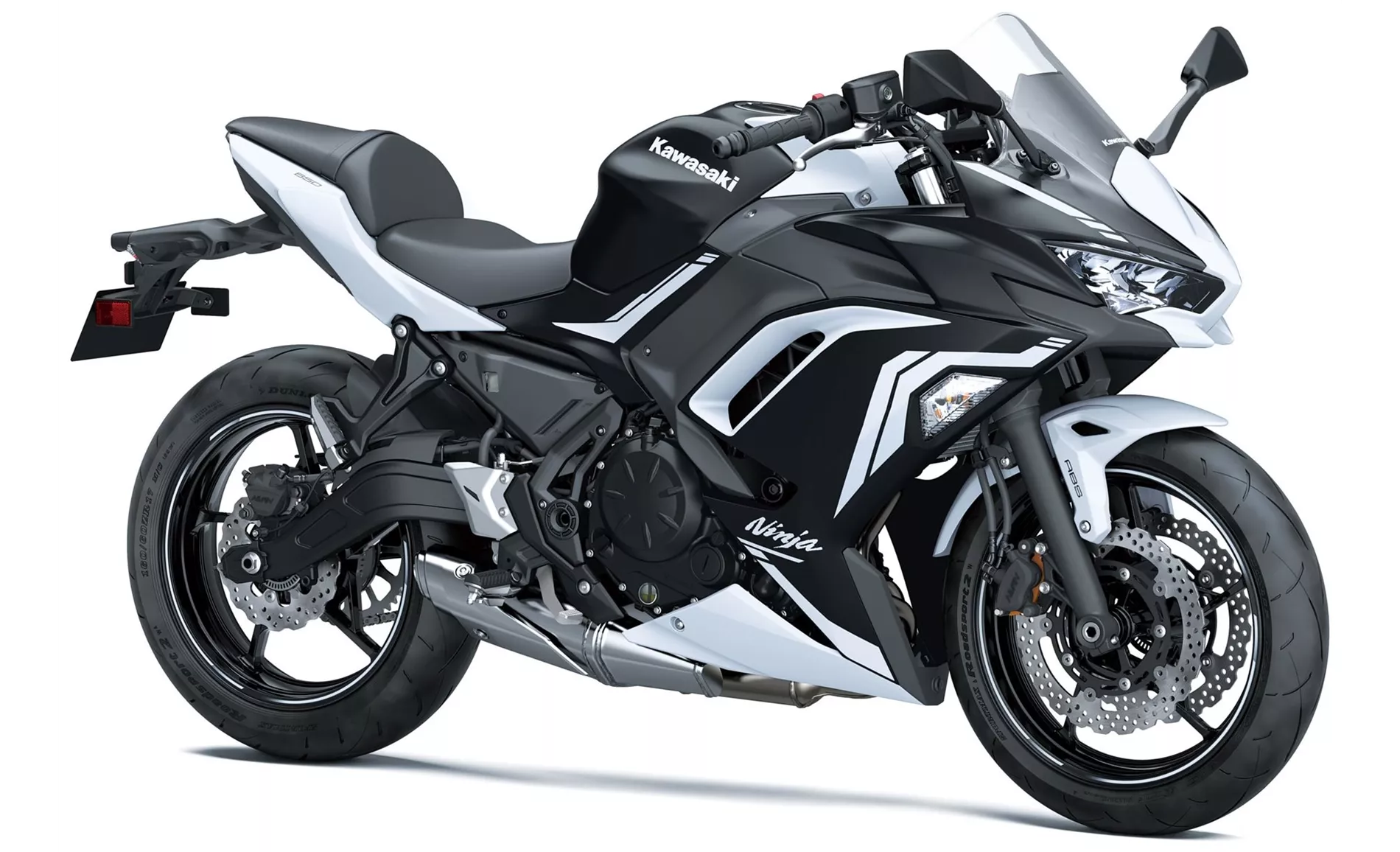
Kawasaki Ninja 650 2020
In terms of braking, both motorcycles have double disk front brakes. However, there is a difference in the technology used. The Ninja 650 has petal brakes, while the R7 has radial brakes. Radial brakes are generally known for providing better stopping power and more precise control, which may give the R7 an advantage in terms of braking performance.
Both motorcycles are equipped with advanced rider assistance systems, including ABS. This ensures enhanced safety during braking and helps prevent wheel lock-up.
In terms of dimensions and weights, the Ninja 650 has a front tire width of 120 mm, rear tire width of 160 mm, wheelbase of 1410 mm, and a kerb weight of 193 kg (with ABS). On the other hand, the R7 has a front tire width of 120 mm, rear tire width of 180 mm, wheelbase of 1395 mm, and a slightly lighter kerb weight of 188 kg (with ABS). These specifications suggest that the R7 may offer slightly better stability and agility due to its narrower rear tire and shorter wheelbase.
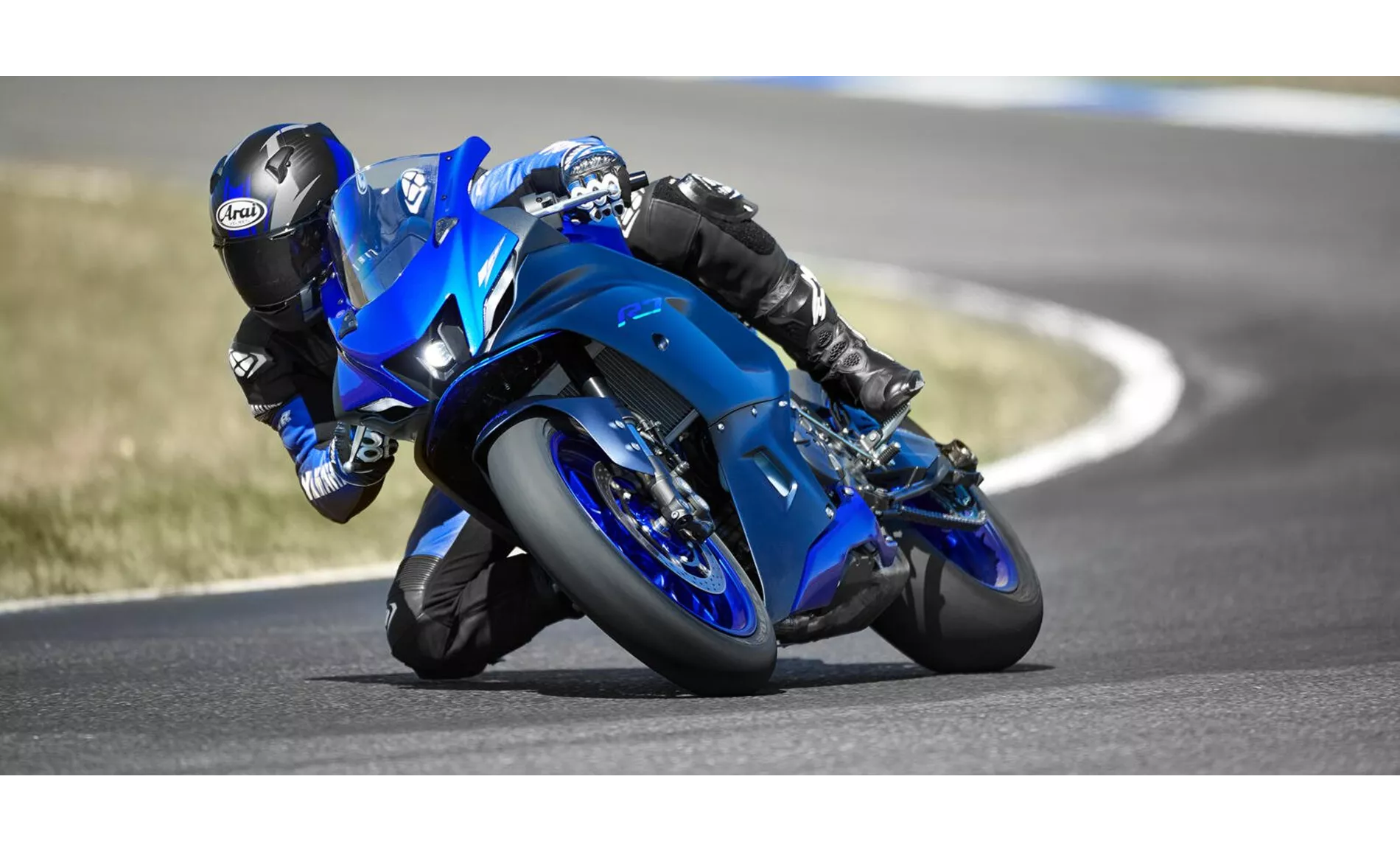
Yamaha R7 2021
Both motorcycles have LED headlights, but the Ninja 650 also features LED daytime running lights and a TFT display, which provides a modern and premium feel. The R7, on the other hand, only has LED headlights.
In terms of strengths, the Ninja 650 is praised for being one of the last of its kind, offering a powerful two-cylinder engine, a comfortable seat suitable for touring, compact dimensions, a beginner-friendly seat height, a stable chassis, a TFT display with connectivity, and a sporty look. On the other hand, the R7 is commended for its high-torque CP2 engine, sporty riding position, suspension set-up, standard tires, and being a good entry-level trackday bike.
As for weaknesses, the Ninja 650 is criticized for being overall too dainty for tall riders, having a front brake pressure point, and limited suitability for touring with two people. The R7's only weakness mentioned is the absence of a quickshifter as standard, which would have been a nice addition.
In conclusion, while both the Kawasaki Ninja 650 2020 and the Yamaha R7 2021 are capable supersport motorcycles, they have distinct differences in terms of specifications and features. The R7 offers a more powerful engine, better front-end suspension, radial brakes, and a slightly lighter weight. On the other hand, the Ninja 650 provides a comfortable touring seat, a TFT display with connectivity, and a sporty look. Ultimately, the choice between these two motorcycles will depend on individual preferences and priorities.
Technické údaje Kawasaki Ninja 650 2020 ve srovnání s Yamaha R7 2021
Výhody a nevýhody ve srovnání
Výhody a nevýhody ve srovnání
Kawasaki Ninja 650 2020
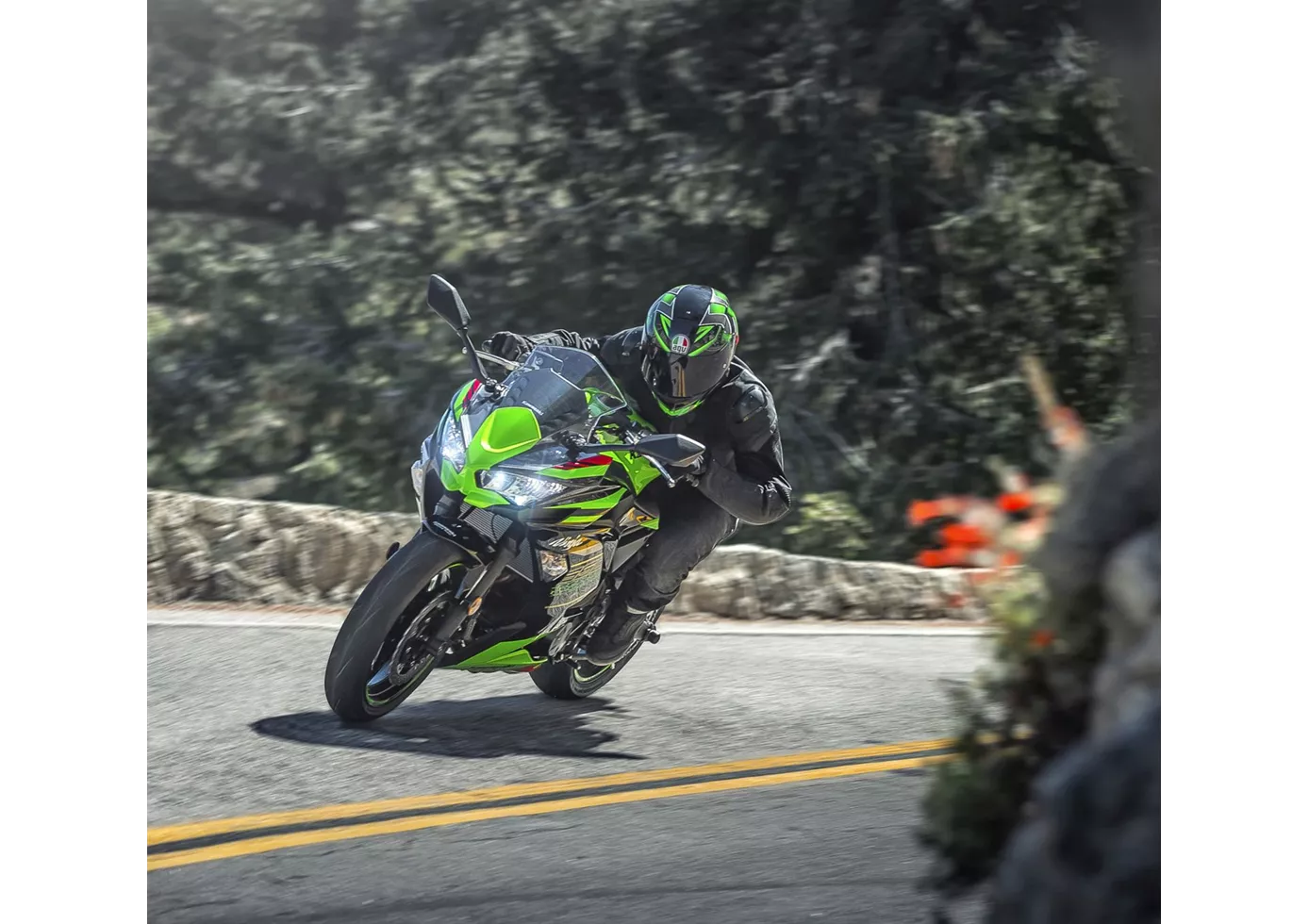
Zachraňte sportovní cestovní vůz! S modelem Ninja 650 vytvořila Kawasaki příkladného zástupce této třídy a (snad) vyřešila problém nové generace. Stabilní podvozek a slušný dvouválec potěší začátečníky i pokročilé jezdce, a to i při svižnějším tempu. Přední brzda je až příliš dobře míněná a přes v podstatě dobrý brzdný účinek postrádá průhledný přítlačný bod. Dalším plusem je TFT displej, který u konkurence momentálně nenajdeme, a také dospělý vzhled, který je silně orientován na větší modely Ninja.
Yamaha R7 2021
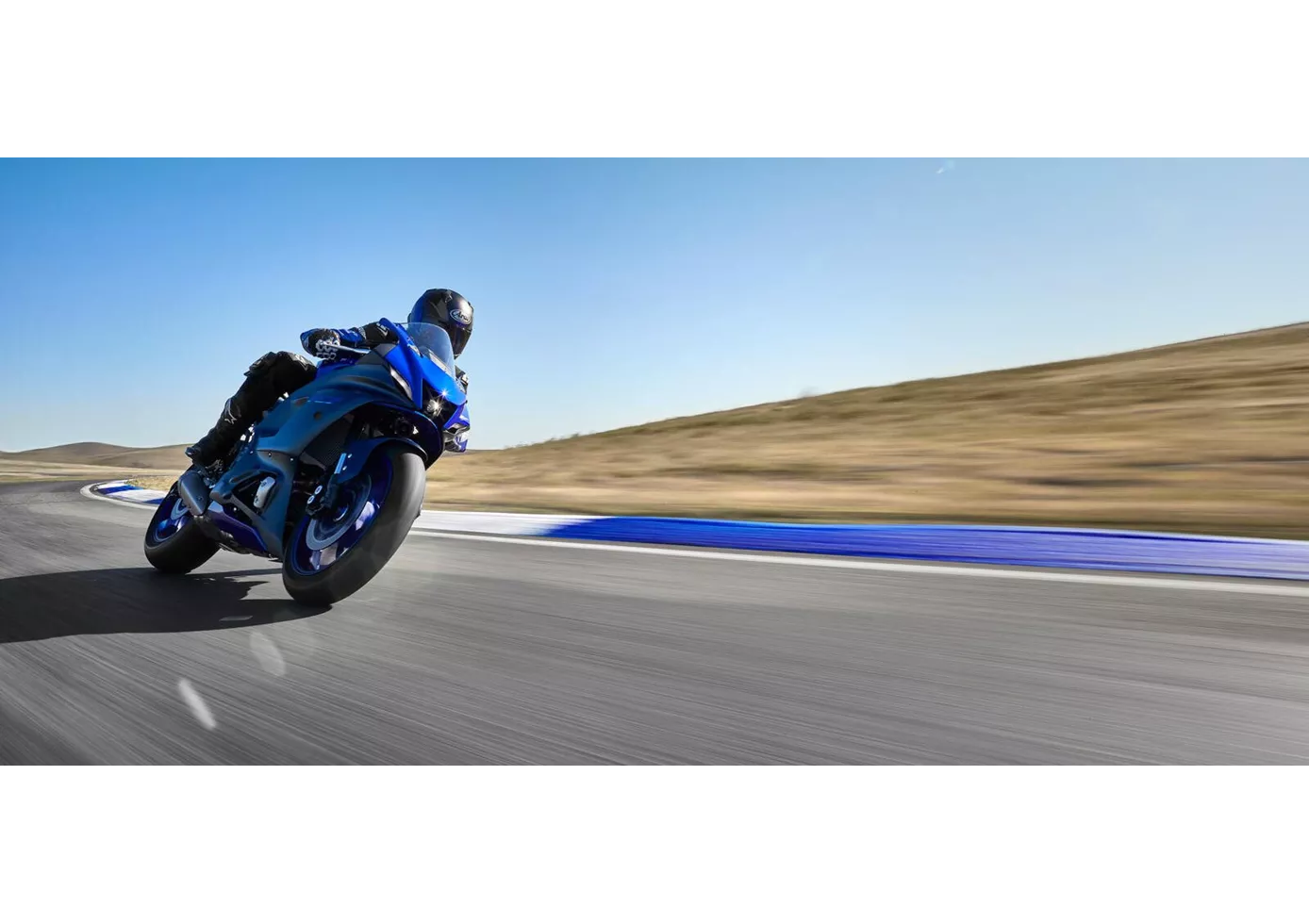
Navzdory poněkud svérázné kombinaci rozumné pohonné jednotky se středním výkonem 73,4 k a extrémně agresivního sportovního vzhledu není R7 v žádném případě ovcí ve vlčím rouše. Výkon, který se pohybuje někde mezi R3 a R6, se v praxi ukázal být mnohem silnější, než by napovídaly čisté hodnoty na papíře, a pokud jde o geometrii, podvozek, brzdy a pneumatiky, inženýři Yamahy si dali opravdu záležet. Kromě toho má Yamaha R7 všechny předpoklady k tomu, aby si na kompaktní závodní trati, jako je například Pannoniaring, užila spoustu zábavy hned po vybalení z krabice, a to i bez velkých investic. Ale samozřejmě se lépe cítí na venkovské silnici, a tam podle našeho názoru patří především. Vzhledem k celkovému balení je pořizovací cena více než férově nastavená - takže není problém, že quickshifter není součástí balení a musí se dokoupit jako volitelná výbava.
Srovnání cen průměrná tržní cena Kawasaki Ninja 650 vs Yamaha R7
There are a few key differences between a Kawasaki Ninja 650 2020 and a Yamaha R7 2021. There are the same number of bikes of both models available on the 1000PS.de marketplace, specifically 10. It takes less time to sell a Kawasaki Ninja 650 with 75 days compared to 161 days for a Yamaha R7. Since model year 2017 1000PS.de editors have written 20 reviews for the Kawasaki Ninja 650 and 9 reviews for the Yamaha R7 since model year 2021. The first review for the Kawasaki Ninja 650 was published on 10/4/2016 and now has more than 79,600 views. This compares to more than 92,800 views for the first review on Yamaha R7 published on 5/18/2021.




